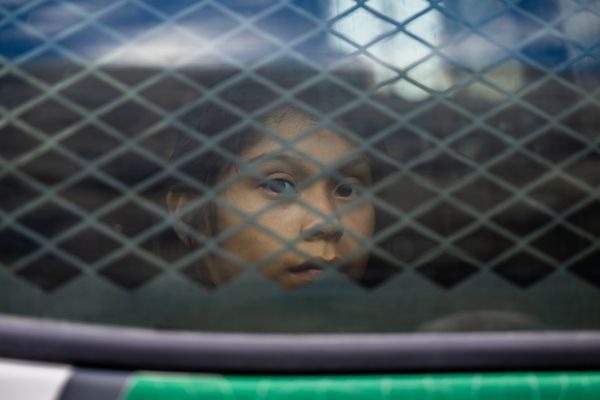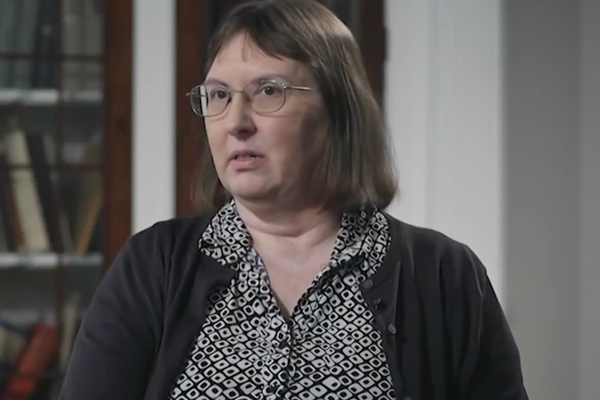
Instead, what Zandvoort unleashed since its comeback was a vision of F1’s future: of a venue willing to go the extra mile in delivering entertainment and an exciting package for fans that went far beyond just what was happening on track.
In fact, Zandvoort has been praised by F1 CEO Stefano Domenicali for delivering "fresh air", and helping set a benchmark for what is expected from modern era grand prix events.
“I want to congratulate the Dutch promoter because, without disrespect to anyone, they brought a great fresh air to the European community,” explained Domenicali. “Despite the small track, and despite the old facilities, they brought a new way of having an incredible event: in terms of passionate people, in terms of sense of community, in terms of entertainment, in terms of music and in terms of energy.”
Domenicali thinks that Zandvoort’s success has been balancing the right elements of entertainment, sport and fan engagement, alongside a great atmosphere fuelled by passionate fans all eager to cheer on their home hero Max Verstappen.
“The energy is pretty clear,” he said. “They were the ones to be the first and say: look at the music, look at the way that all the people were dancing. It was something really spectacular. And it has been an example that has been used in other places immediately.”
Domenicali thinks that Zandvoort captured an experience that was exactly in line with what F1 believes should be the standard for all grand prix venues.
“It was interesting because it was totally aligned with our vision of having events that have to be different from place to place, and unique in terms of the offering to the fans. It has been an incredible fresh air coming into the system. It seems that we have been in Zandvoort for 30 years, but we are only there for two years! And to think that already in the future, the tickets are sold out is impressive.

“Of course, you may say the Max effect is there, no doubt, and to see the orange army over there is just unique as they have brought the spirit of a football stadium into a motorsport arena, but we must not forget that the promoter is a private company so there’s no kind of public money.
“They were the ones to believe in the project, they were the ones to put their money on the table, and they promoted this event in an incredible way. So, congratulations.”
What makes the Dutch GP such a shining beacon for Domenicali is that the promoters could probably have got away with doing very little. Verstappen’s success in F1 was probably enough alone to ensure a capacity crowd at Zandvoort even without the entertainment extras, so the promoters could have got away with doing the bare minimum.
However, that they have gone the extra mile to deliver a weekend carnival atmosphere is something that Domenicali appreciates a great deal.
“It shows the level of commitment that every promoter has to do to improve the quality of the event,” he said. “With the situation of Max, they could say: ‘Let’s wait and see’. And it wouldn't be a problem at all.
“But they didn’t, and this again shows the level of attention to details that they propose to us. They've been in close contact to me since the first day to share the ideas, to share the packages that they want to do and the things that they want to activate.”
Zandvoort’s ability to lead the pack goes beyond entertainment too, with it also putting a heavy emphasis on sustainability.
The Dutch cycling culture, allied to Zandvoort’s location meaning it would be impossible to get tens of thousands of cars in and out, prompted an extensive public transport initiative that put sustainability at its heart.And it certainly seemed to work. Just three percent of visitors came by car – 43% by public transport, 37% on bikes, 5% walked and 12% were multi-person vehicle pick-ups. Having hit a 97% sustainable transport figure last year, Zandvoort is aiming to hit 98% in 2023 and make it 100% by 2025.

Domenicali added: “They were the first that were very active on certain problems, like sustainability in the transportation, and logistics. As you can see, it's a very small place and, if everyone came with cars, it's game over.
“So, the use of public transportation, and with 37,000 bicycles there, it has been an incredible feature. It shows the level of commitment that we are pushing to be carbon neutral for 2030.”
There are track lessons as well that F1 has taken from there. Zandvoort’s location in the seaside town meant it was impossible to revamp the circuit by extending it for its F1 return – so that is where the idea of introducing banked turns to provide spectacle and overtaking opportunities came from.
It is an approach that Domenicali thinks can be mirrored at other venues in the future, as countries bid to join the F1 schedule.
“We have a lot of requests for grands prix, and we need to be respectful, keeping the balance between the traditional grands prix and the new grand prix,” he said. “With a traditional track it is more difficult, because there are constraints that need to be respected. But of course, we are thinking what to do.
“In other places where we are working on possible new projects for the future, that experience with Zandvoort helped to shape different ideas that we are developing – like the banked corners.”
But while Zandvoort has been a success since its return, both Domenicali and race organisers know that in F1 there is never a moment when anyone can rest on their laurels – which is why they are ready to fire off ideas for the next era.
Domenicali sees this year’s event as a great opportunity to sit down with the Dutch GP promoters and plot a long-term strategy.

“I think that we are going to have discussions, actually this year, to think about what can be done for the future,” said Domenicali. “There are lots of things we can think about, and there is pressure to do things better and better and take the game to a higher level. So we are going to sit together and work out what is the best solution for everyone.”
Zandvoort may have its long history in F1, but Domenicali sees plenty more to come – especially with the positive attitude the organisers have had to make the race a success.
“Zandvoort is an old track, and it has tradition,” he said. “But these kind of places, if they are done properly, can have a future and a place in our F1 of the modern era.”







